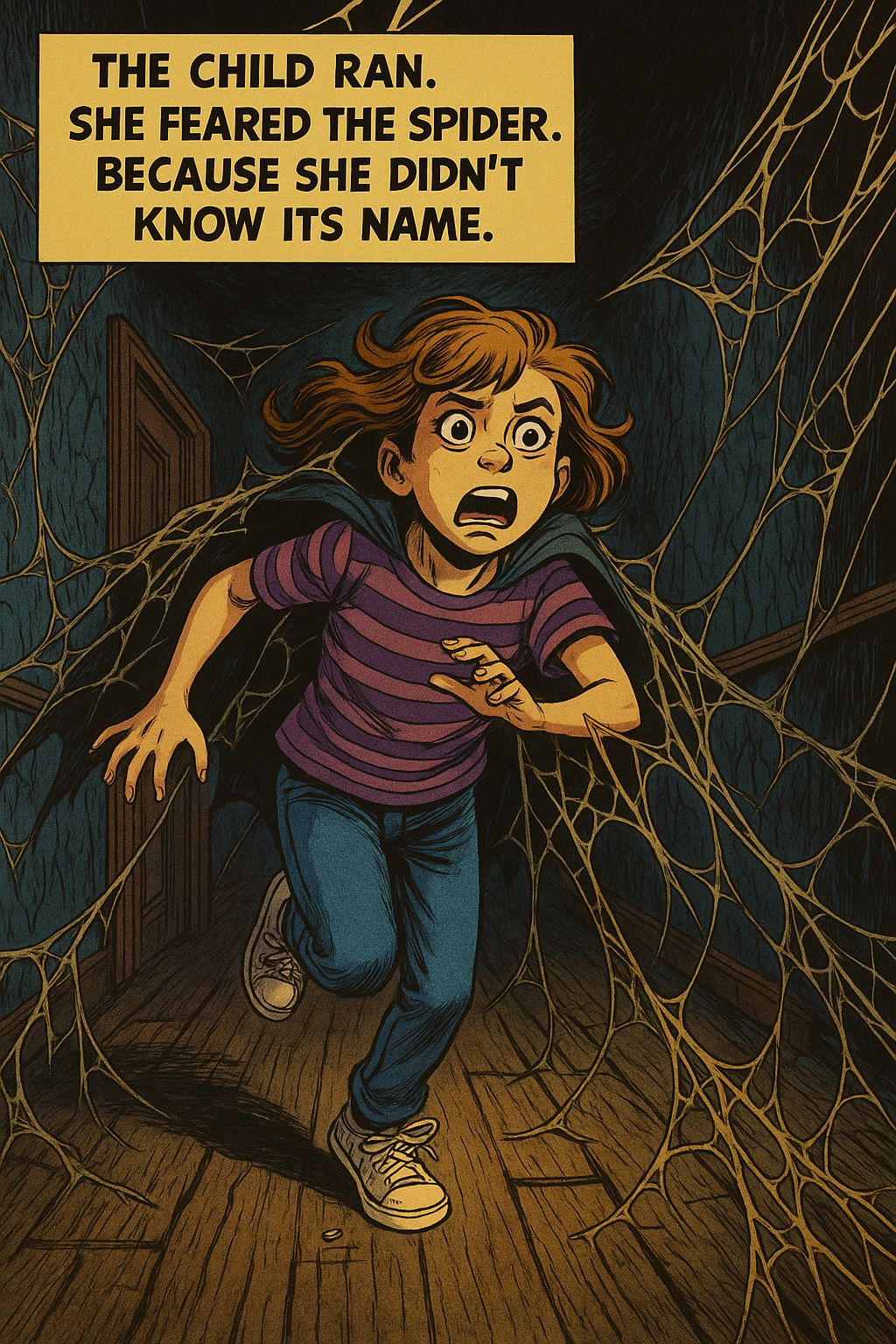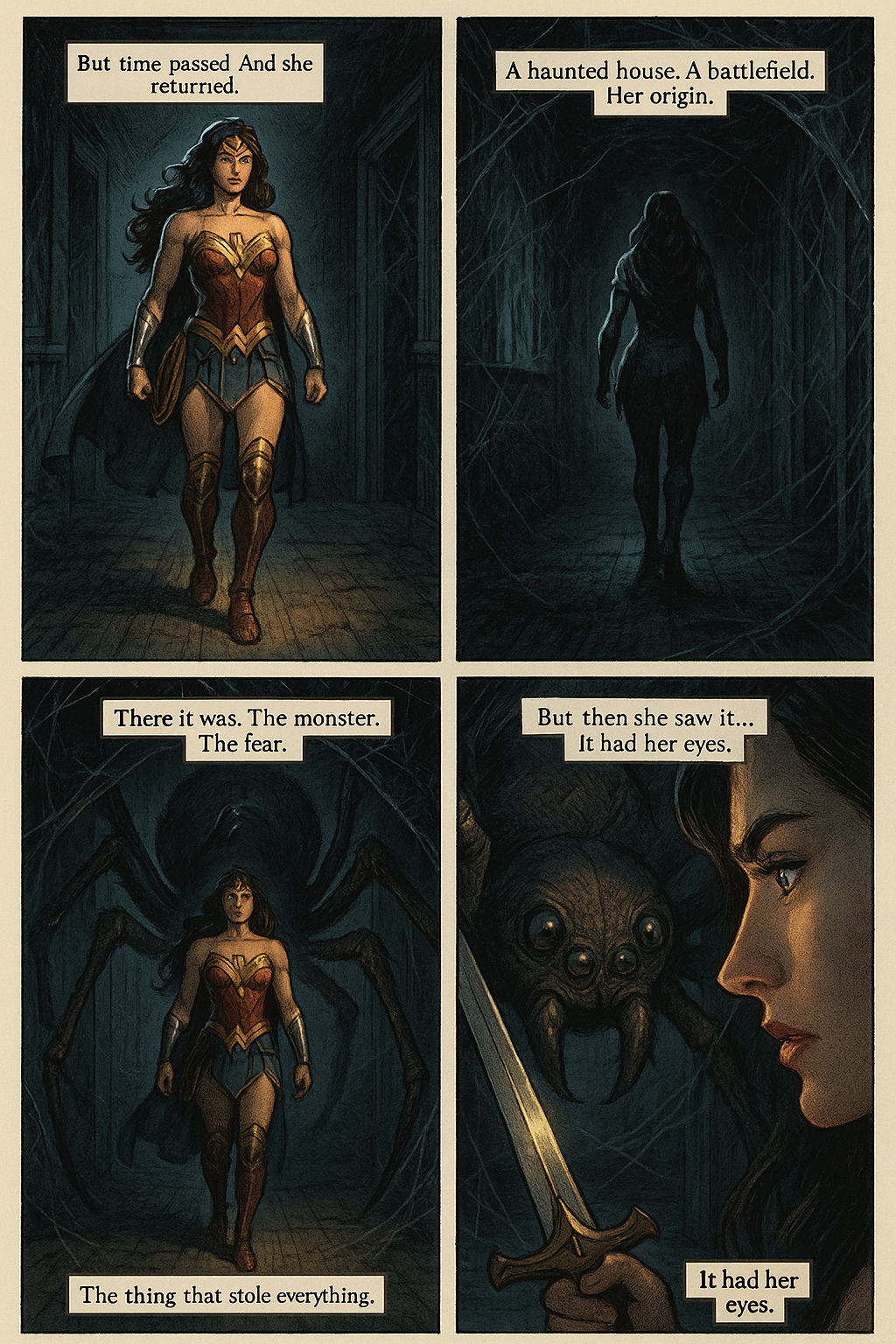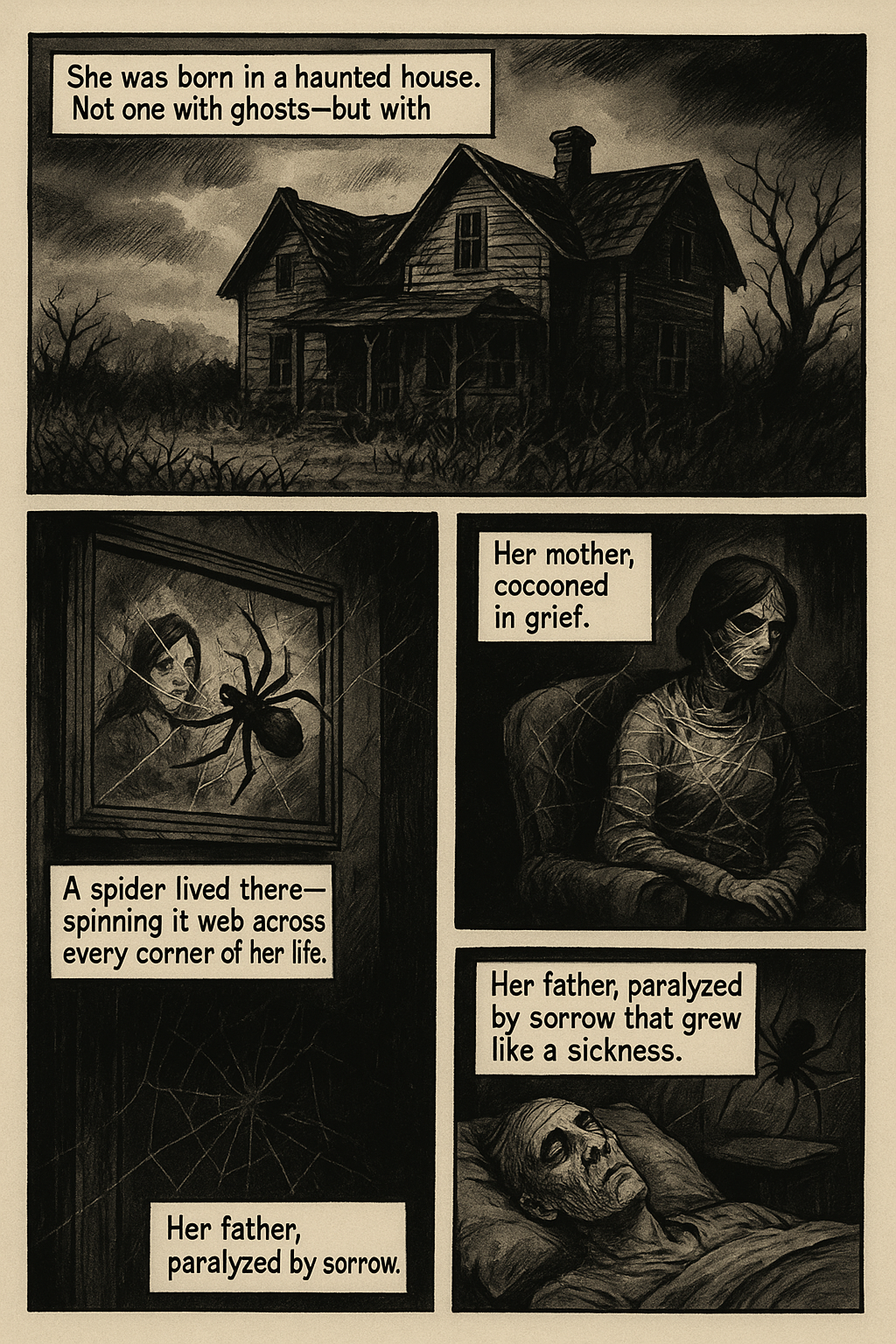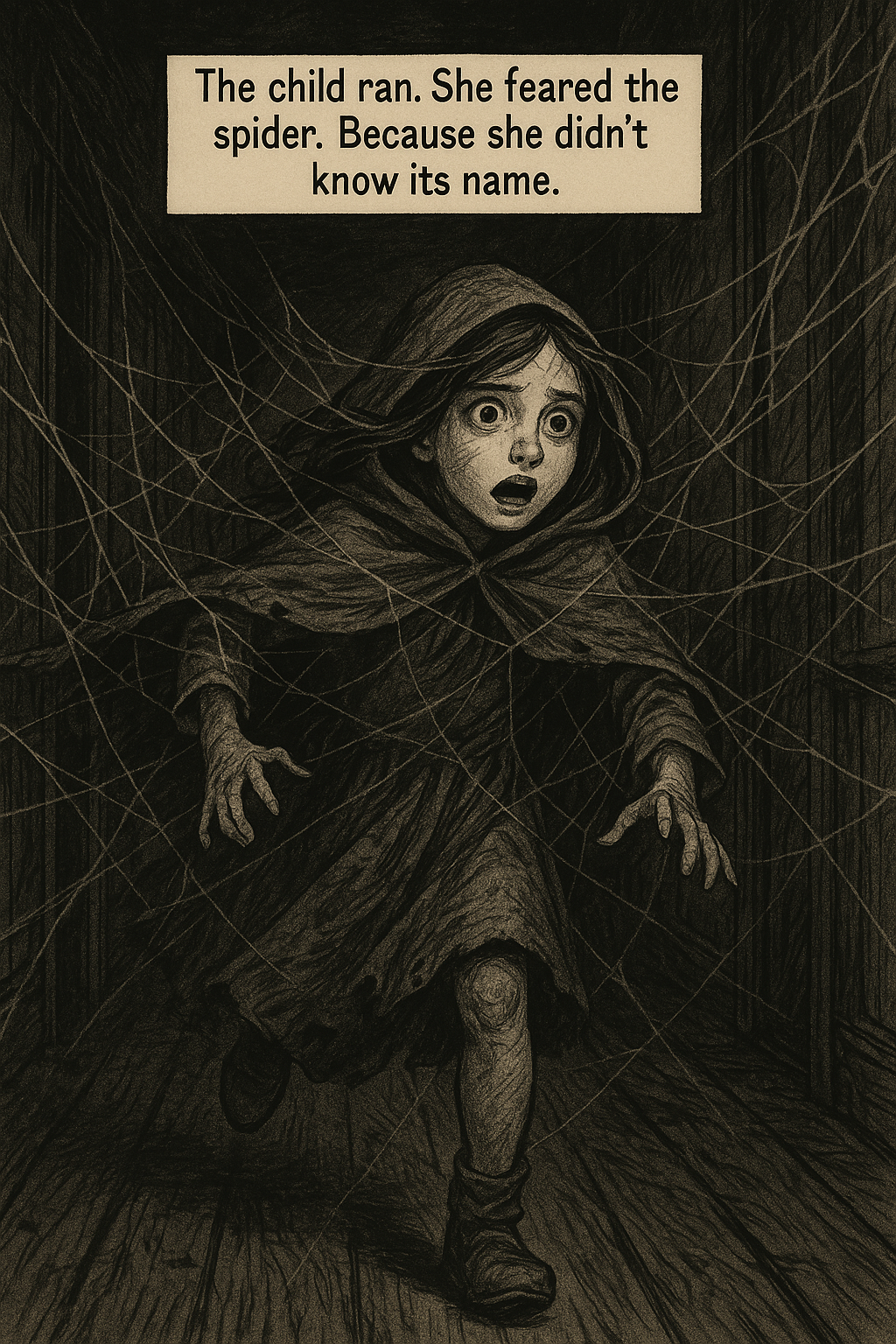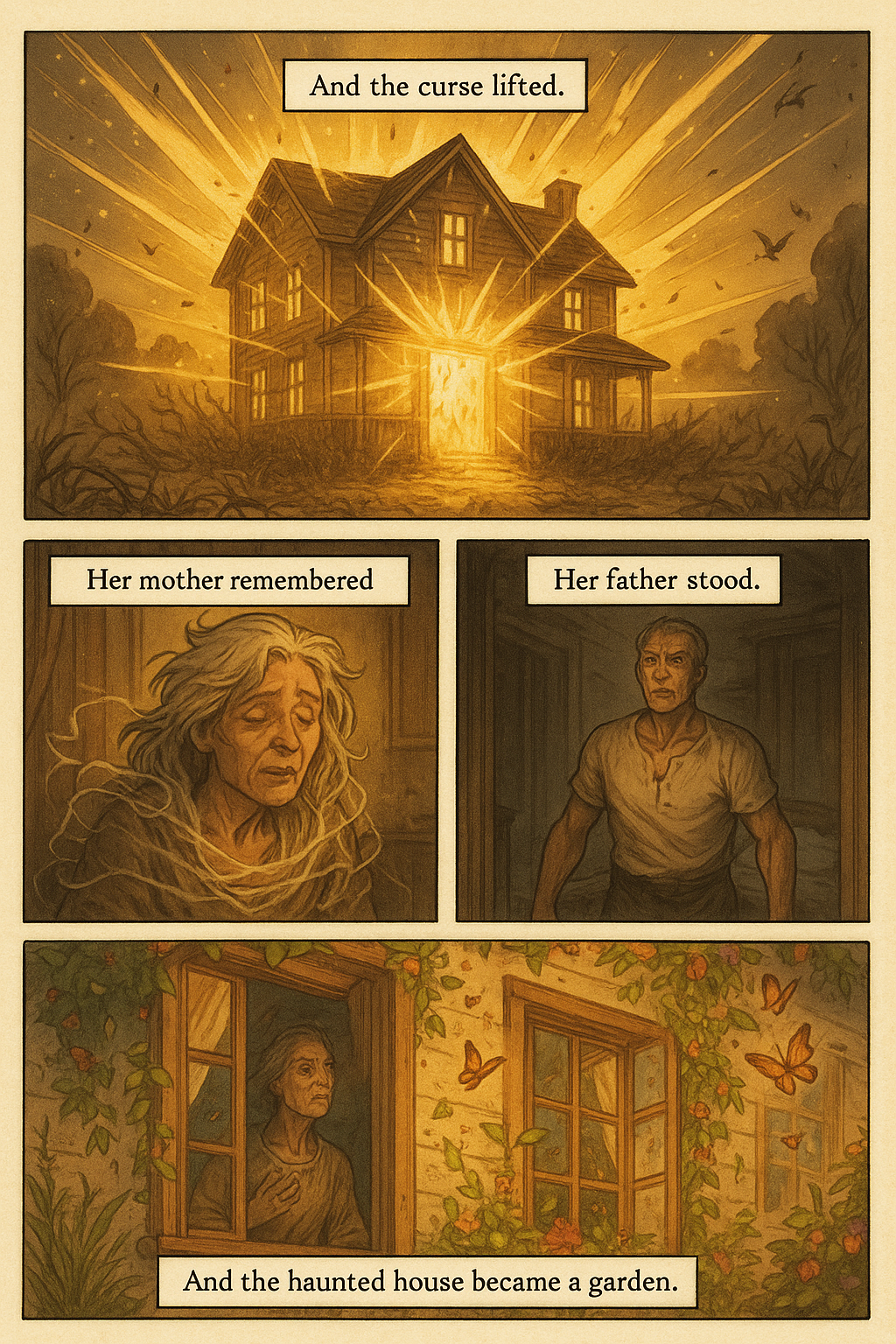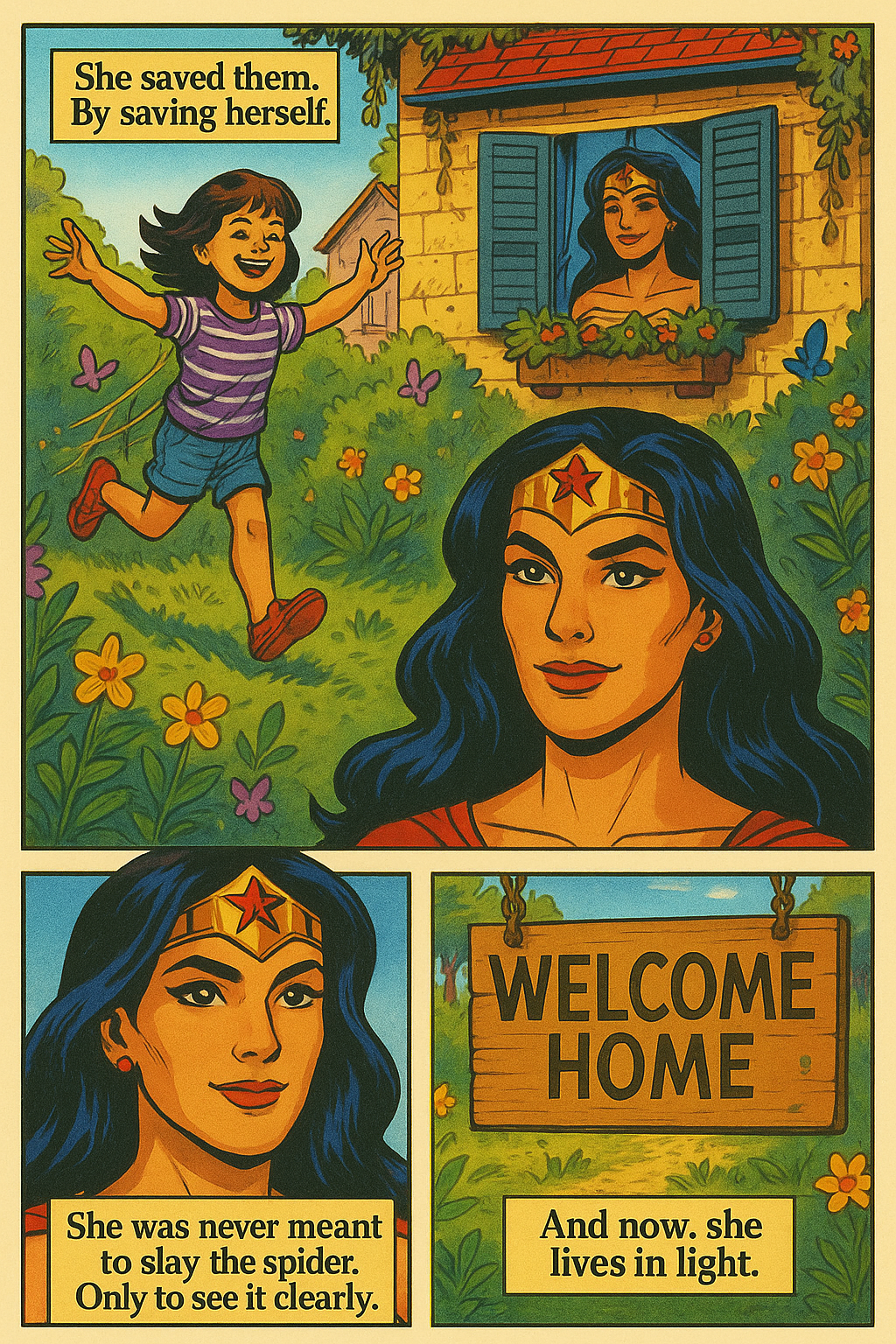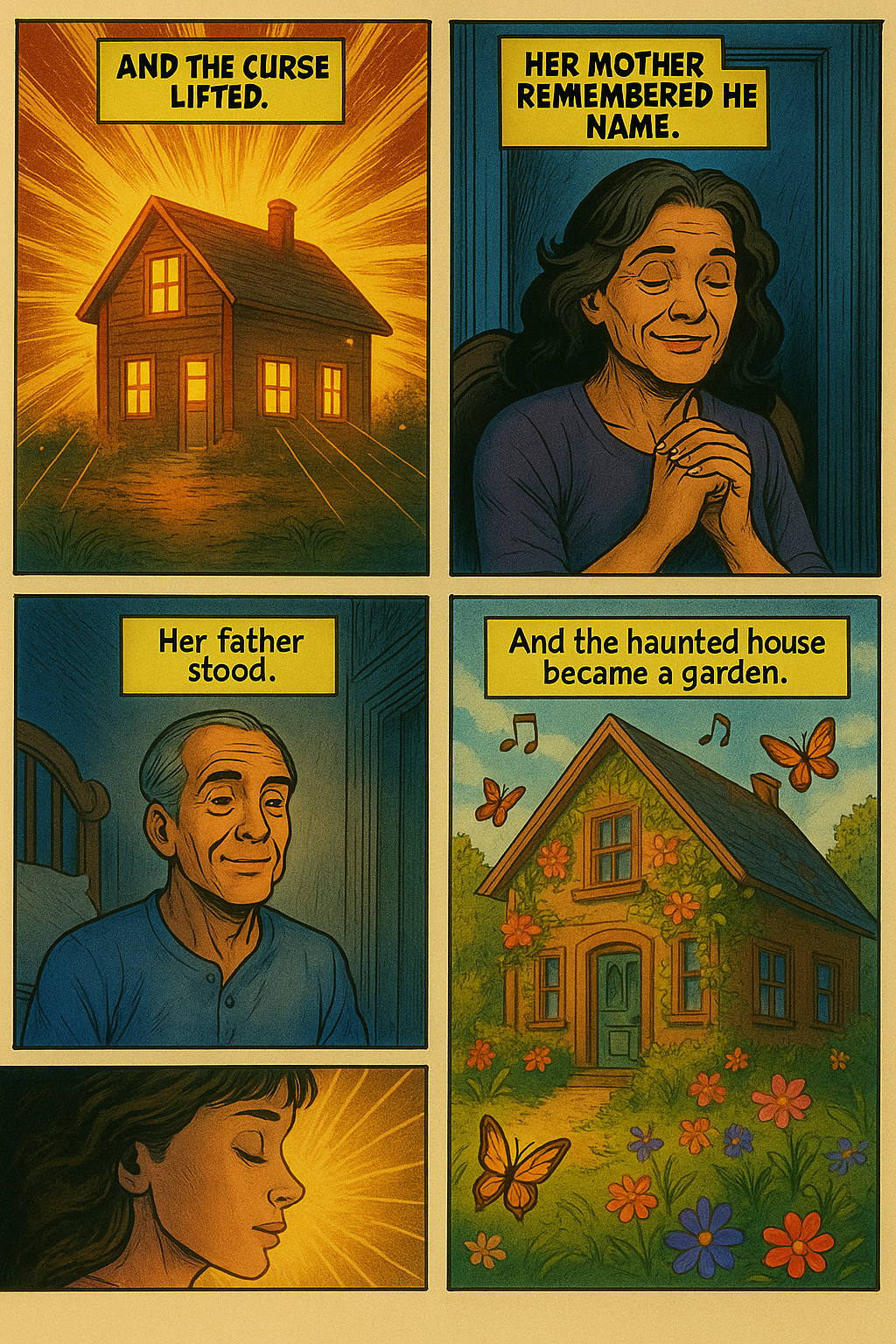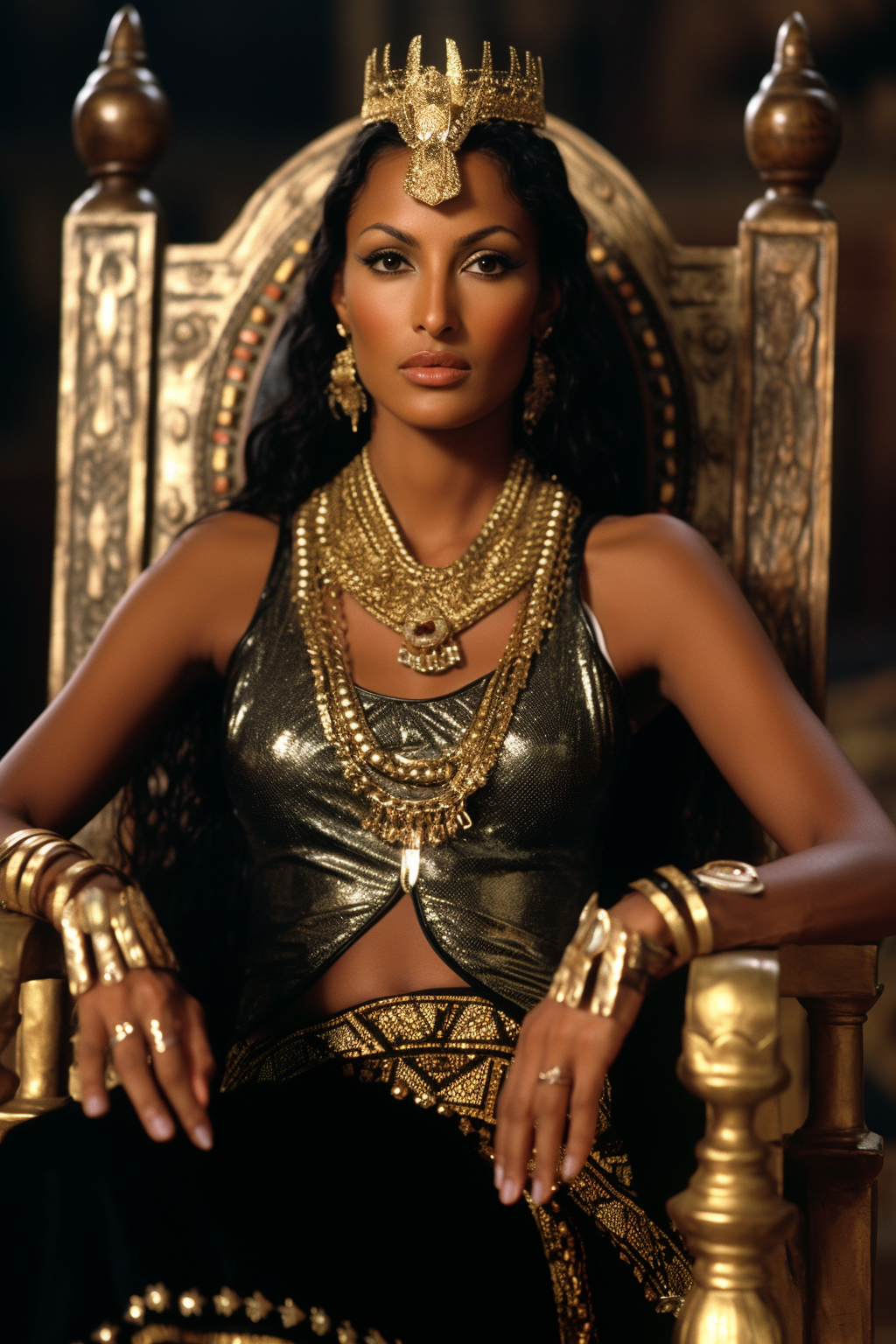
Queen Sheba

The Rebel

The Diva


Zubayda
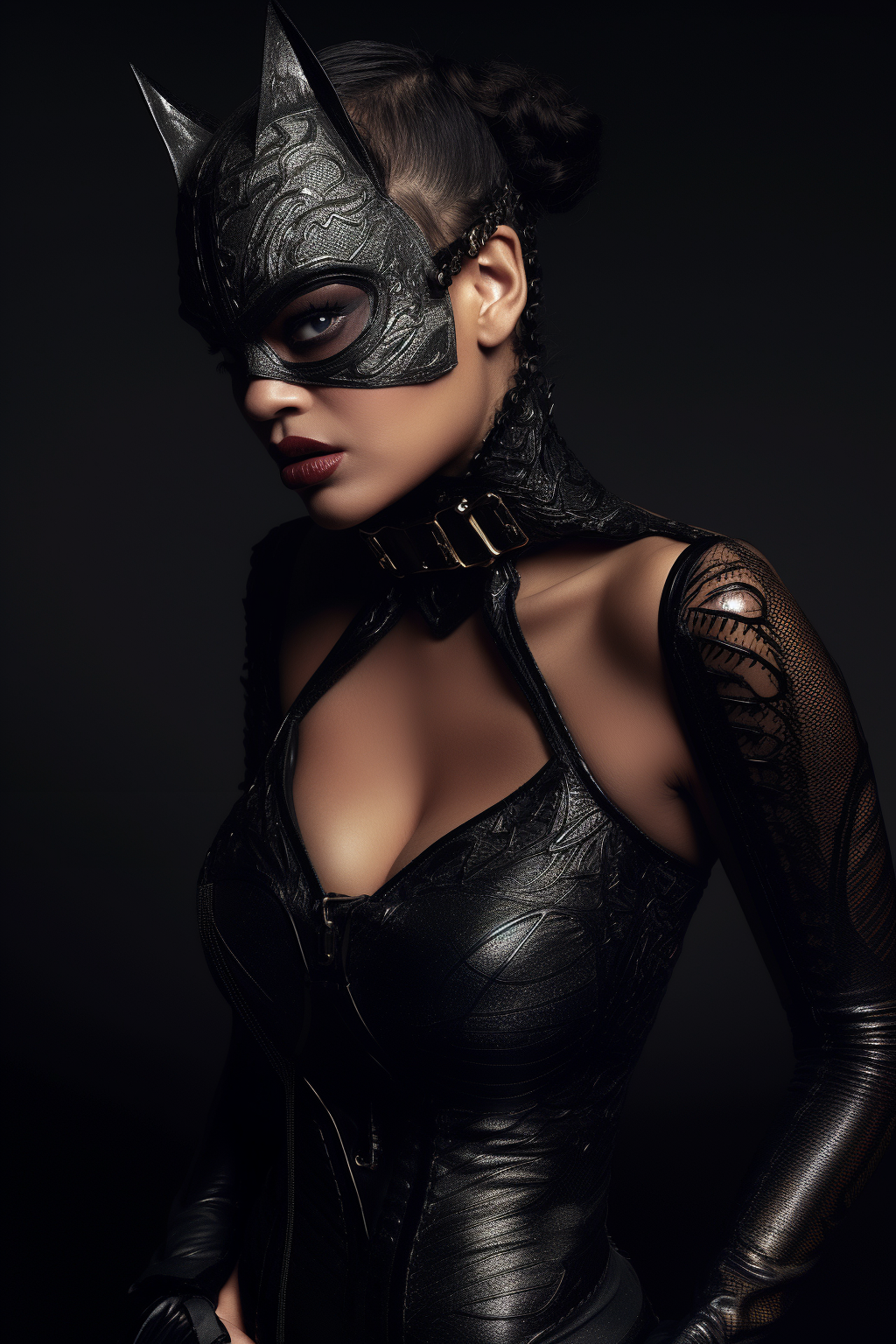

Fatima

The Little Princess

Donia

The Femme Fatale
Light Side: Wonder, purity, joy, unconditional love
Shadow Side: Naivety, escapism, arrested development, misjudged motives
She mistook wolves for guardians. And when they bared their teeth, she thought they were smiling.
And maybe, deep down, she didn’t want to.
From rainfall to dust storms. From a grandmother’s applause to silence.
Something shifted. Or rather—something stopped.
Her body kept aging, but her mind clung to a single frame:
A ten-year-old girl in a red costume, spinning in the living room light.
She laughs too loud. Believes too easily. Wears whimsy like armor.
People whisper: immature, silly, suspicious.
She gets misread—not because she’s bad, but because the world forgot how to read softness.
Not realizing the girl never left her.
“But I was.”
Light Side: Innocence, longing for connection, potential for redemption
Light Side: Purity, loyalty, inner yearning, spiritual sensitivity
Shadow Side: Naivety, repression, lack of boundaries
Light Side: Intuition, inner resilience, spiritual longing, poetic soul
Shadow Side: Dissociation, passivity, fractured identity, silent suffering
She is the girl who thought the world was safe—and now mourns her illusion.
She is the seeker, lost in the wilderness of self, still whispering:
“I want to come home.”
Light Side: Spiritual depth, poetic soul, emotional intelligence, resilience, imagination
Shadow Side: Self-abandonment, escapism, dissociation, longing without direction
She is not weak. She is recovering.
She is not voiceless. She is remembering how to speak.
To her body.
To her voice.
To herself.
Shadow Side: Narcissism, manipulation, addiction to power and validation
Light Side: Charisma, self-possession, stage presence, creative flair
Light Side: Courage, compassion, self-sacrifice, transformative power
Shadow Side: Savior complex, repression of vulnerability, fear masked as control
Not the kind with ghosts or monsters, but a house haunted by silence, by sorrow, by the slow creep of despair.
Her father, once strong, withered quietly, poisoned from within.
The rooms dimmed. Dust thickened. Laughter vanished.
And at the center of it all—a spider.
The shadow under the bed.
The weight on her chest.
The thing that turned love into absence, and parents into strangers.
She hated it.
She ran from it.
It was a mirror.
Her own fear. Her own projection. Her own imprisoned power.
She did not crush it. She claimed it.
And with that, the web dissolved. Her mother awoke. Her father stood. The house bloomed.
A space of warmth, of healing—where the girl in the red hood could sing again.
but to transform fear into freedom,
to light a torch in the darkest room,
to make a home for the parts of us that hide.
but because she dared to fight the fear that wore eight legs and lived in her own mind.
Light Side: Disciplined strength, justice, redemption, spiritual wisdom
Light Side: Elegance, leadership, feminine power, social influence
Shadow Side: Control, elitism, manipulation, class and racial bias
She is not merely elegant—she is strategic.
She doesn’t just host—she curates influence.
A queen with velvet gloves—and iron intentions.
She builds empires in salons and drawing rooms,
but risks losing the world beyond their walls.

